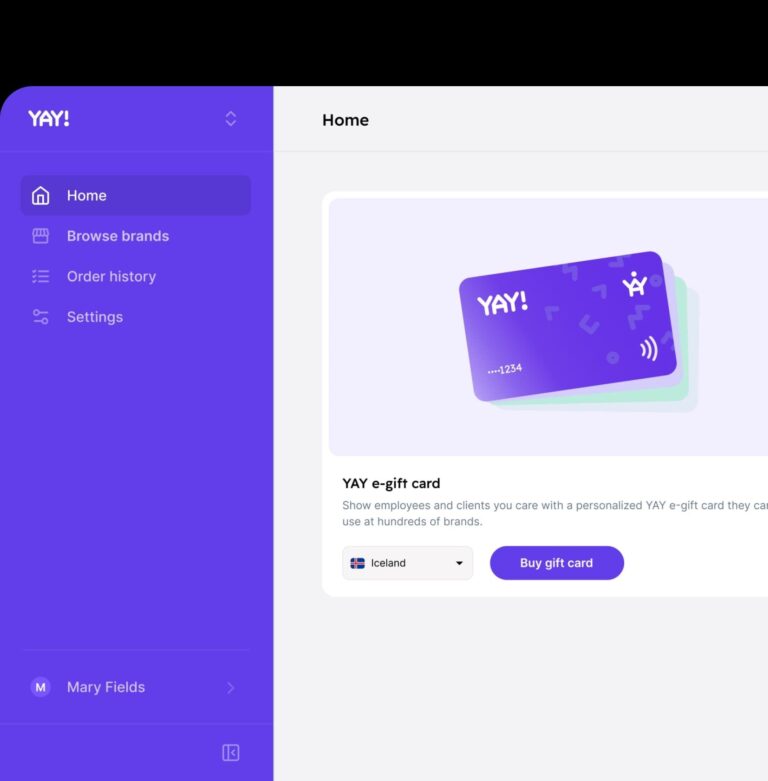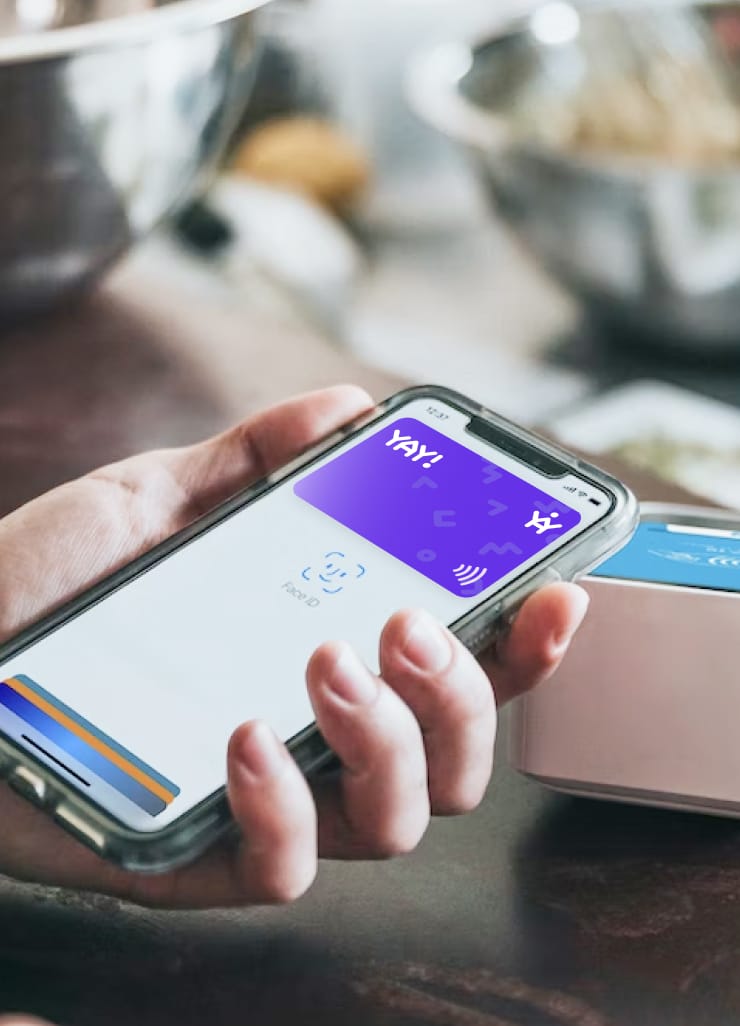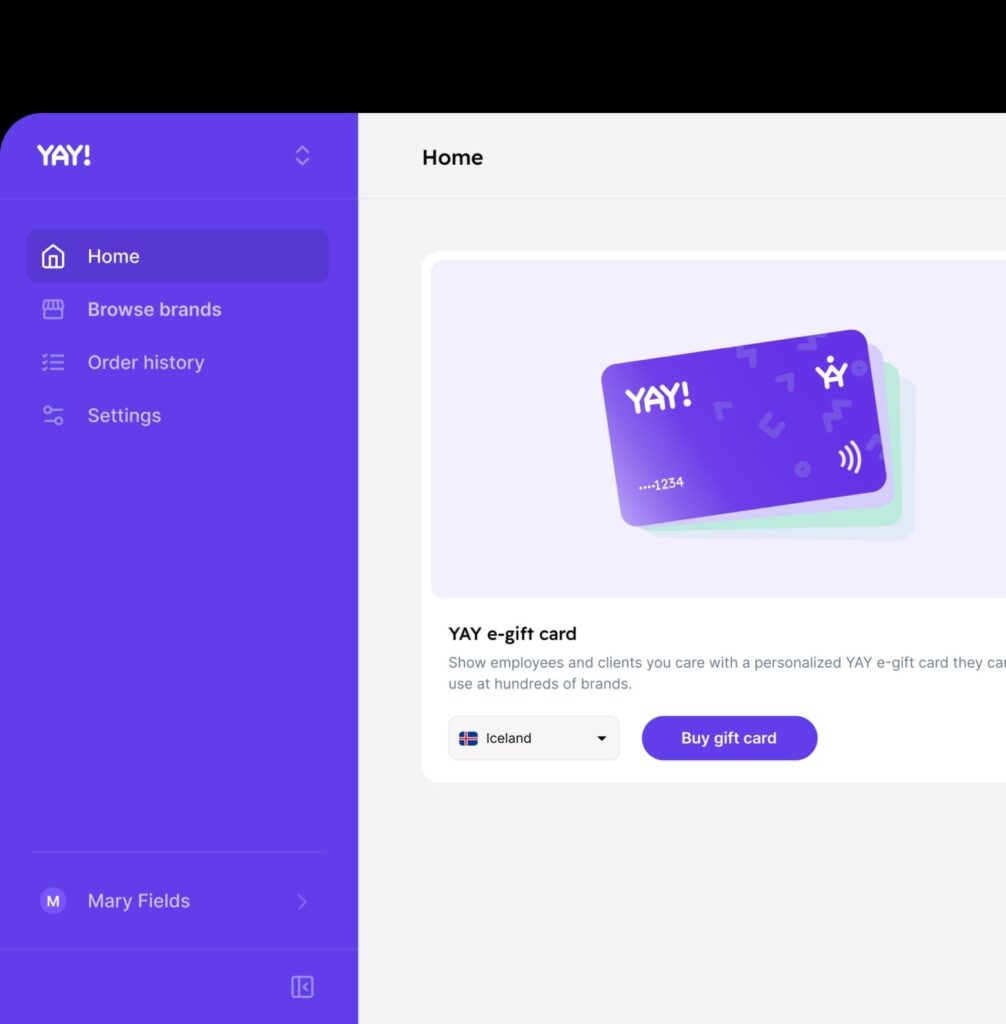The Environmental Impact of Going Digital: How Virtual Gift Cards Contribute to a Greener Future
In an increasingly eco-conscious world, businesses and consumers alike are looking for ways to reduce their environmental footprint. One simple yet impactful shift is the move from physical to virtual gift cards, a change that not only offers convenience but also contributes to a more sustainable, environmentally friendly future. This concept of green gifting is gaining traction as organizations and individuals prioritize reducing waste, conserving resources, and minimizing their carbon footprint.
In this blog post, we’ll explore how virtual gift cards are making a difference in the fight for sustainability and why they’re an essential part of a greener future.
The Environmental Impact of Physical Gift Cards
Traditional plastic gift cards, while convenient for both consumers and businesses, come with a significant environmental cost. Most physical gift cards are made from PVC (polyvinyl chloride), a plastic that is difficult to recycle and contributes to environmental degradation. The production of these cards involves:
- Raw Material Usage: The extraction and processing of raw materials for plastic production require significant energy and water resources.
- Waste Generation: Nearly 3 billion physical gift cards are printed annually in the U.S. alone, and 80% of them end up in landfills after use or expiration, contributing to plastic waste that takes hundreds of years to decompose.
- Carbon Emissions: Manufacturing, packaging, and distributing physical gift cards involve transportation, contributing to greenhouse gas emissions and increasing the carbon footprint of each card.
As the world becomes more attuned to the effects of climate change and the growing waste crisis, businesses and consumers are seeking environmentally friendly alternatives.
Virtual Gift Cards: A Sustainable Solution
The rise of the virtual gift card is a welcome solution to the environmental issues posed by physical cards. By going digital, companies can significantly reduce their impact on the environment while offering the same (or even improved) level of convenience to customers. Here’s how virtual gift cards contribute to green gifting:
1. Elimination of Physical Waste
Unlike plastic gift cards, virtual gift cards are entirely digital, which means no physical materials are needed for production. This reduces waste not only in terms of the plastic used but also in the packaging, paper inserts, and shipping materials. Since virtual gift cards are sent directly to the recipient’s inbox, they never end up in a landfill.
2. Reduced Carbon Footprint
Physical gift cards must be manufactured, packaged, and transported to retailers or directly to consumers, all of which contribute to carbon emissions. By contrast, virtual gift cards are delivered instantly via email or text, eliminating the need for transportation and drastically reducing their carbon footprint. In a world where every bit of energy conservation counts, switching to virtual gift cards is a small but meaningful step toward a greener future.
3. Energy Efficiency
The production of plastic gift cards requires significant amounts of energy, from extracting raw materials to manufacturing and distribution. Virtual gift cards, on the other hand, are generated digitally, which requires minimal energy compared to the entire lifecycle of a physical card. By moving to digital, companies can dramatically reduce their energy consumption, making virtual gift cards a more environmentally friendly option.
4. Easier Management and Less Waste from Unused Cards
Physical gift cards often go unused or partially used, contributing to waste. Virtual gift cards, however, are easier to track, manage, and redeem, reducing the likelihood of waste. Consumers can store them on their mobile devices, making them accessible and convenient, which further encourages use. Additionally, the digital nature of virtual cards means that there’s no need to reissue lost or expired cards, avoiding unnecessary waste.
The Growing Shift to Digital Gifting
The popularity of virtual gift cards continues to rise, with digital cards accounting for $31 billion of the gift card market in North America in 2021. As businesses continue to prioritize sustainability, the use of virtual gift cards is expected to grow. Consumers, too, are becoming more eco-conscious and are choosing to support brands that demonstrate a commitment to environmental responsibility. Green gifting through digital platforms is an easy yet impactful way to align with these values, contributing to the larger goal of reducing waste and conserving resources.
Conclusion
Switching to virtual gift cards is more than just a digital convenience; it’s a step toward creating a more environmentally friendly future. By eliminating plastic waste, reducing energy consumption, and lowering carbon emissions, virtual gift cards offer businesses and consumers a sustainable option for gifting.
As more companies adopt green gifting strategies, the shift to virtual gift cards can make a meaningful difference in protecting the planet. Whether you’re a business looking to reduce your environmental impact or a consumer searching for a more sustainable gift option, virtual gift cards are an excellent choice for supporting a greener future.
Are you ready to make the switch to virtual gift cards and contribute to a more sustainable world? Let’s explore how your business can incorporate green gifting today!





